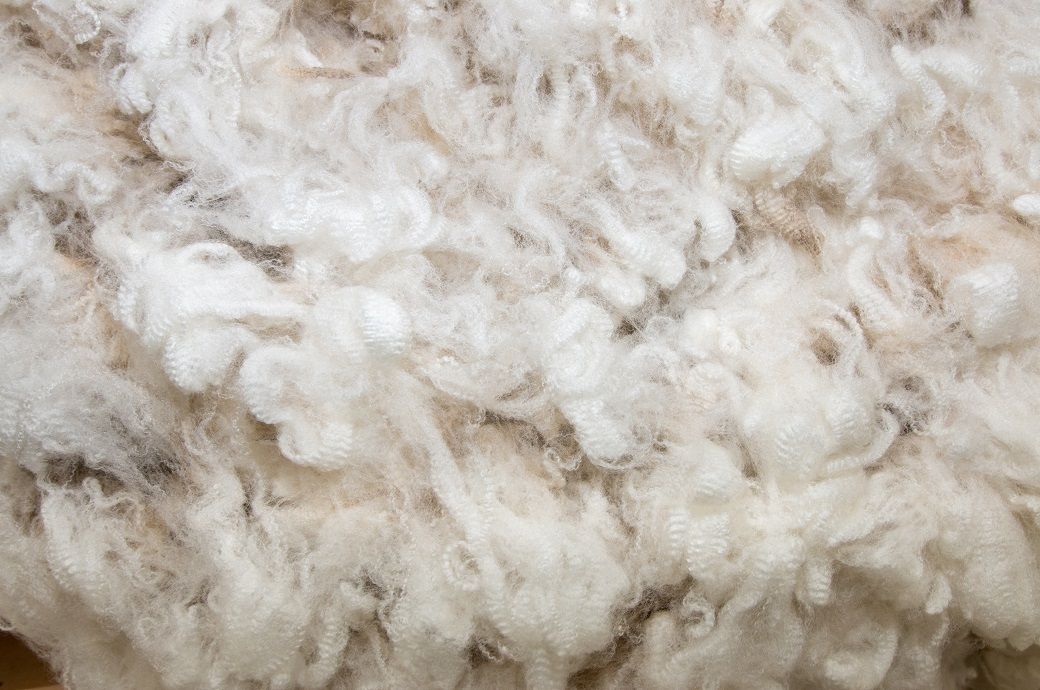
Notably, Chinese buyers continue to play a crucial role in the market, with the Eastern Market Indicator (EMI) remaining stable in both US dollars and Chinese yuan. A modest improvement was seen in the US dollar Western Australian market indicator (WMI), up by 5usc. This is significant given Western Australia's dominance in Merino wool production, which accounts for 98 per cent of the state's output, the Australian Wool Innovation (AWI) said in its commentary for week 45 of the current wool marketing season.
The week's auctions started with buyers showing initial caution. However, their interest revived following adjustments in prices due to currency fluctuations. A noteworthy development was the intense competition among Chinese top makers and a major local trader in the Merino sector, although the largest trading entity showed less enthusiasm than usual but remained engaged with the market.
A concerning trend is the diminishing regular buying and competition for super fine Merino wool (finer than 18 microns), which saw sluggish prices. The lack of interest from European and Indian buyers has affected this sector, which now represents 34.2 per cent of all wool tested this season, an increase in its proportion of the total clip, AWI commentary added.
In contrast, fine and medium Merino wools (19 to 22 microns) continued to attract attention, though prices in local terms dropped by 15ac. The broader wools (over 20.5 microns), which now make up just 11.8 per cent of the season's production, experienced the smallest price declines, likely influenced by limited supply.
Looking ahead, approximately 39,000 bales are scheduled for auction next Tuesday and Wednesday.
Fibre2Fashion News Desk (KD)